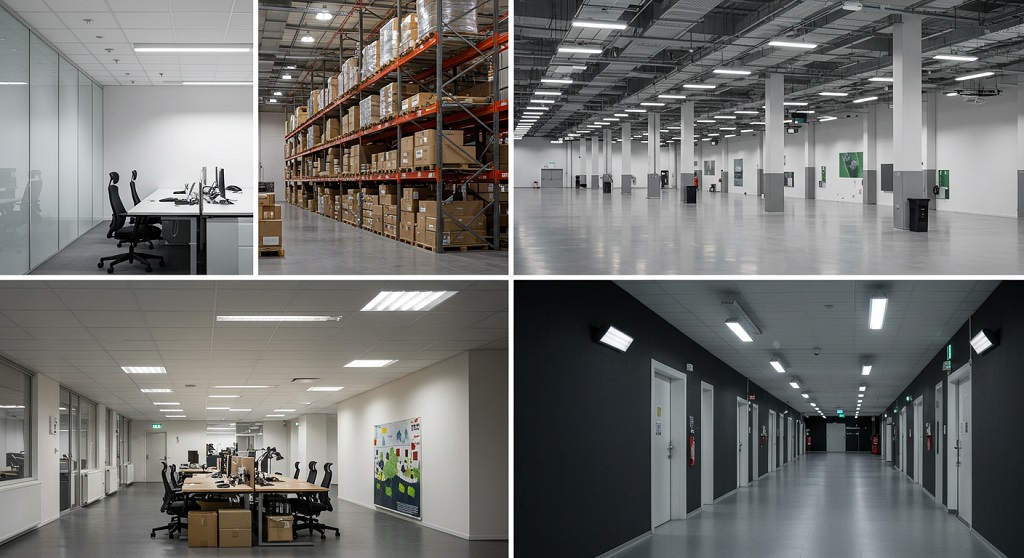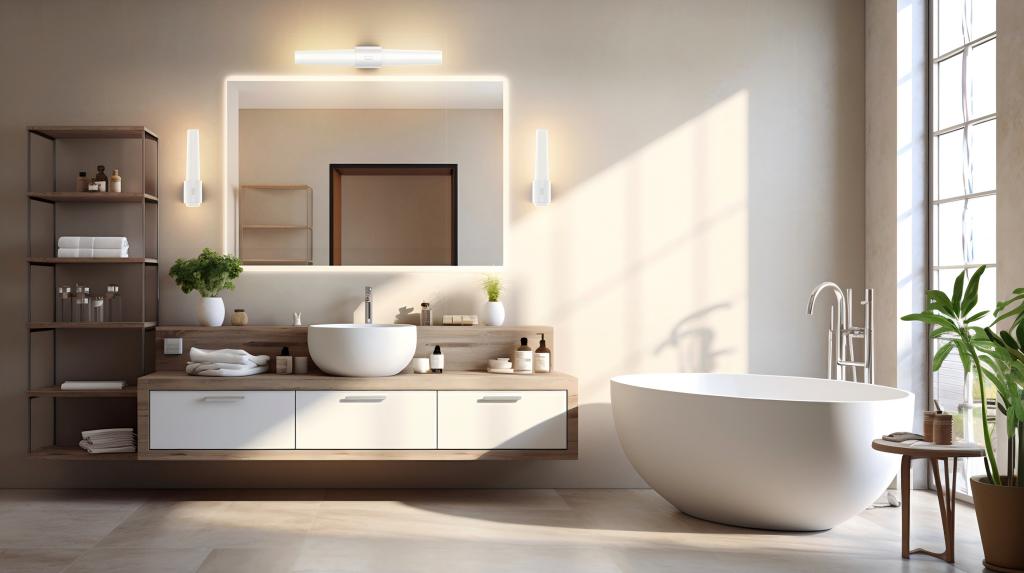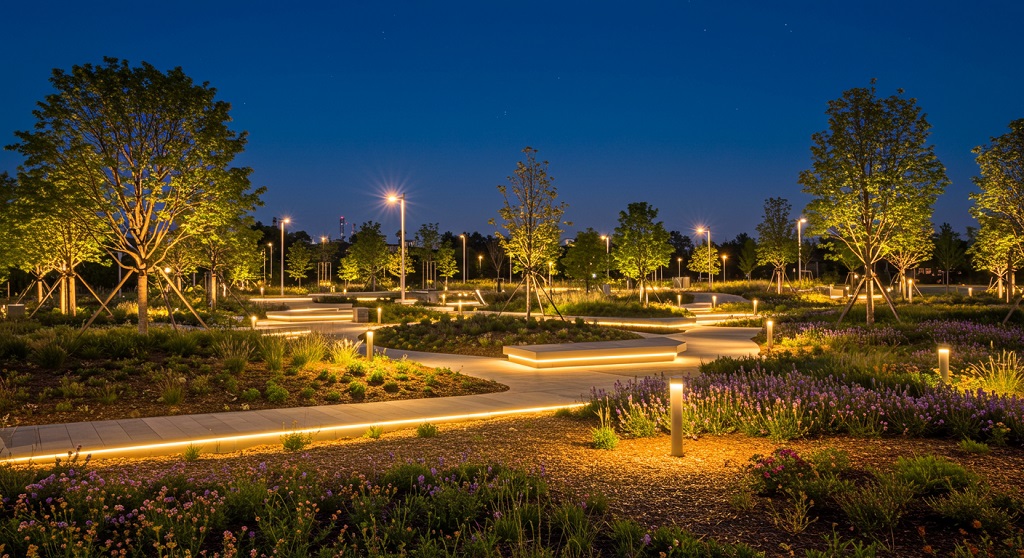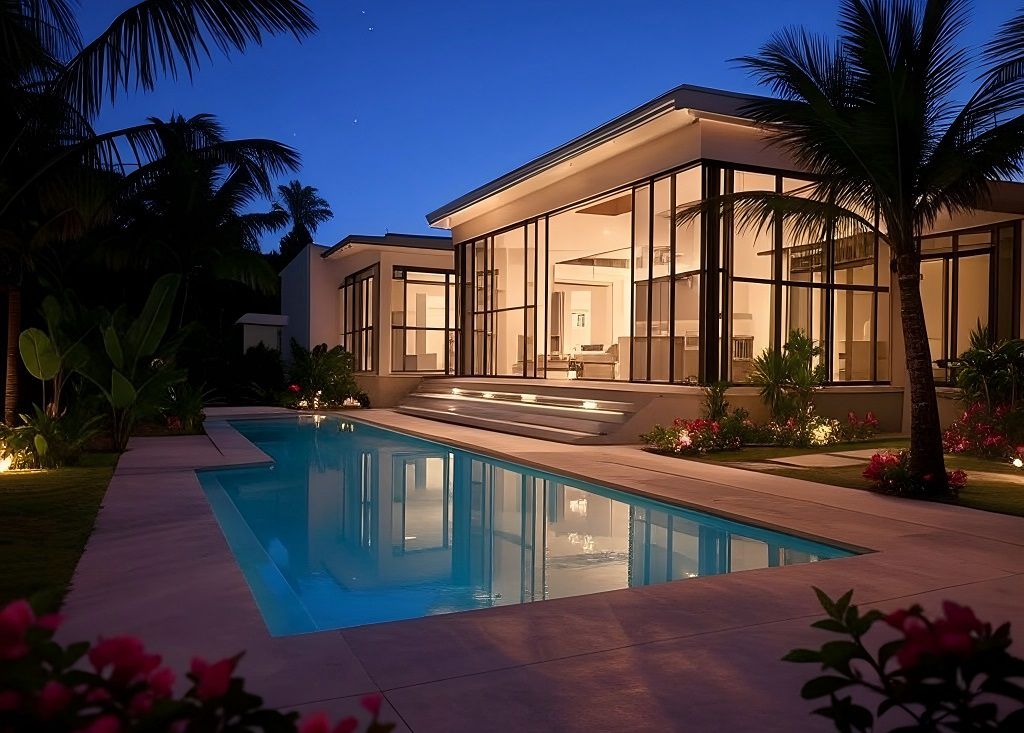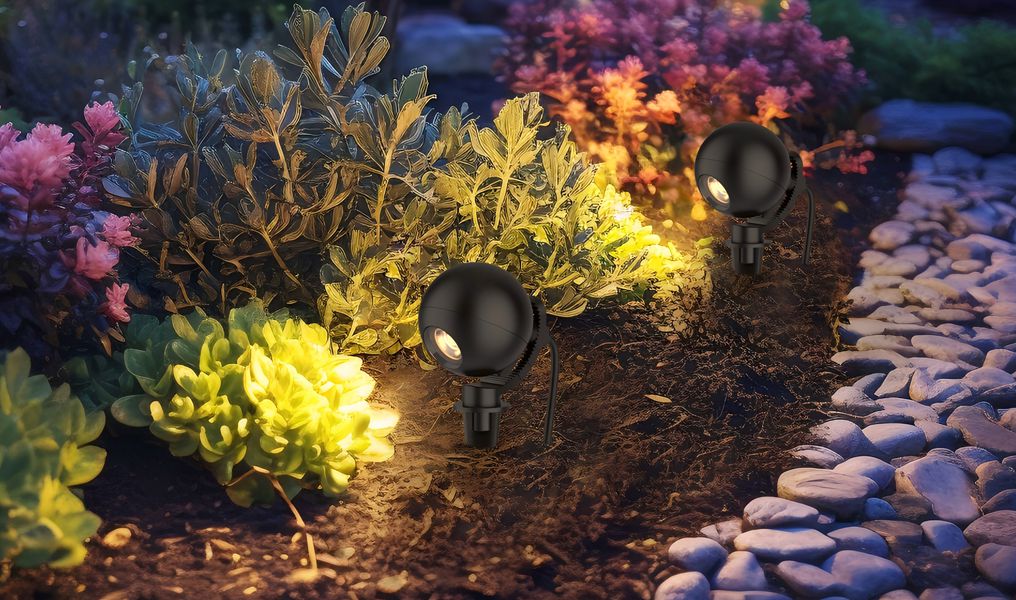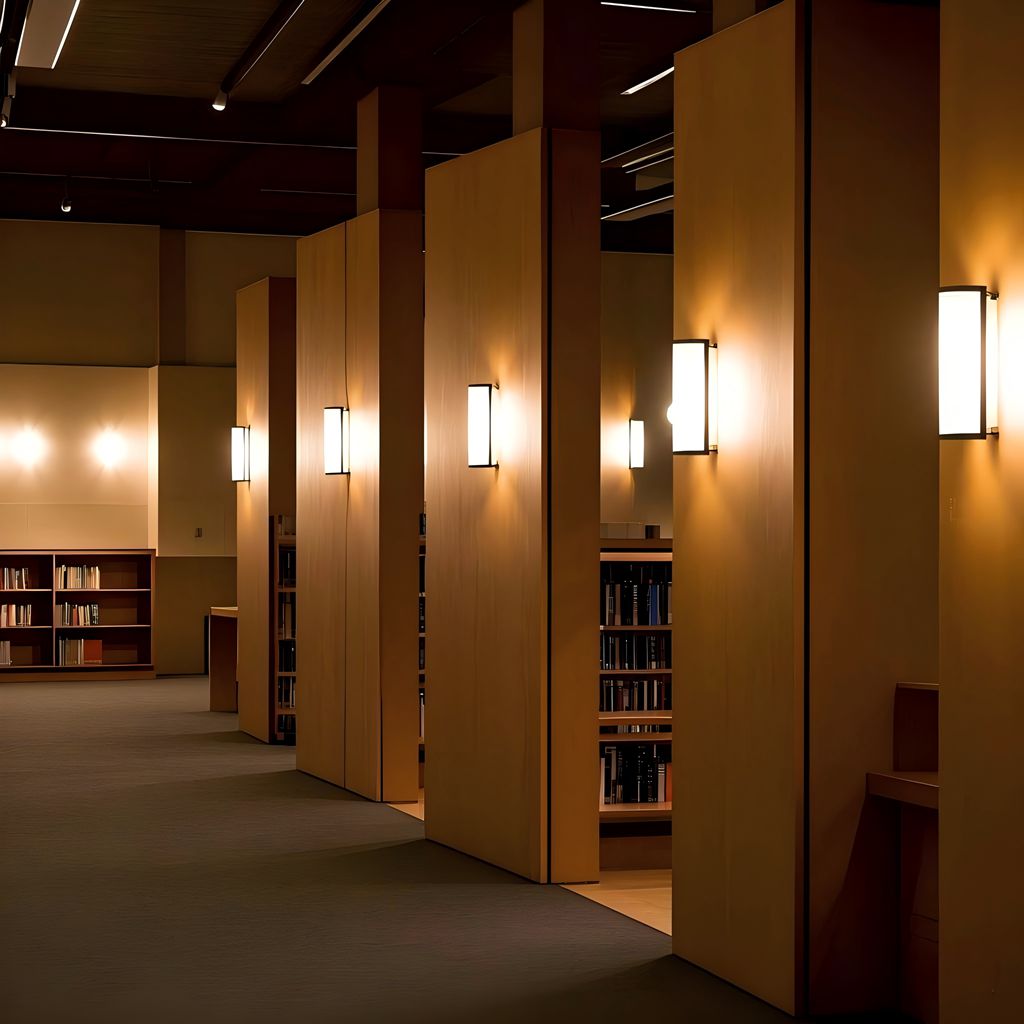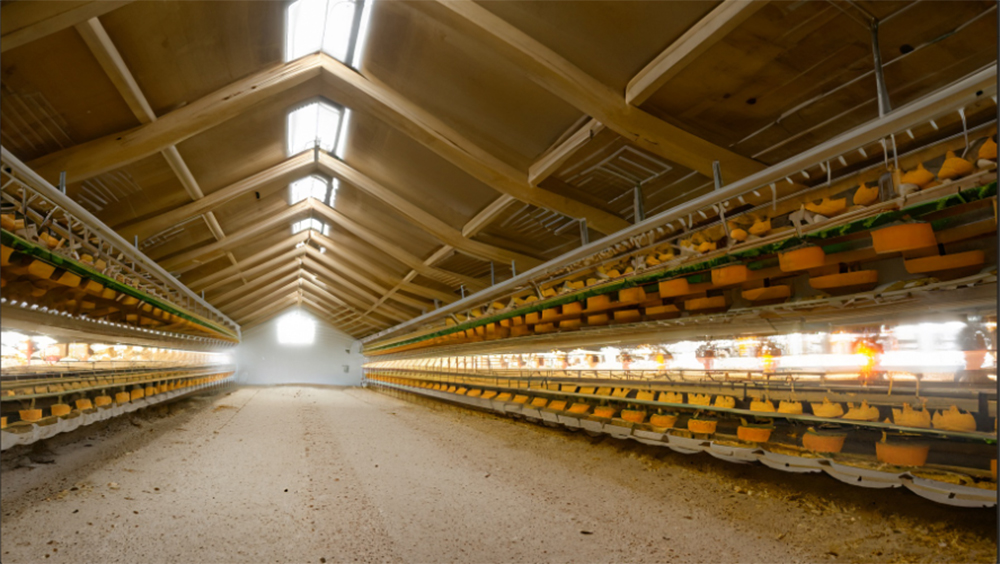
In the past, light was used in poultry just for lighting up the place, but now, lighting is not merely for lighting up the poultry, they also have more functional requirements. It influences the well-being and productivity of poultry. Whether they are chickens or turkeys, egg-layers, meat-growers, or breeding stock, all poultry require optimal lighting conditions to thrive and achieve their full potential.
Good lighting for modern poultry houses is an essential part of poultry management, good lighting elements include suitable lighting design, long lifespan lights, energy and environmentally friendly, no-flickering, stable lighting, high CRI, and strong waterproof or dustproof.
To fulfill that element, LED schemes are the advanced technology to embrace those good points, they enhance performance simply by minimizing stress and offer tremendous flexibility, as well as color spectrum and dimmability to optimum results.
What is the fill-in light of a poultry house?
When hens are laying eggs and incubating, appropriate supplemental light can increase the efficiency of egg laying and hatching rate. Light has a good stimulating effect on gonadotropin secretion and improves egg-laying performance

Noteworthy
First. Proportionate and suitable light intensity
Light intensity is an important factor that affects the egg production and health of laying hens. Different types of laying hens may have different light requirements. For most laying hens, the recommended light level is 2.7 watts per square meter, which is equivalent to 10 lux. However, for the bottom layer of double-layer cages, the light level may be insufficient due to the shading effect of the upper layer. Therefore, the light intensity for the bottom layer should be enhanced to 3.3-3.5 watts per square meter, which is equivalent to 12-13 lux.
To achieve optimal light intensity, the poultry house should be equipped with 40-60-watt incandescent bulbs or LED bulbs with similar luminous flux. The bulbs should be installed at a height of two meters above the floor and a distance of three meters apart. If there are two rows of bulbs along the length of the house, they should be staggered in a cross pattern to ensure an even distribution of light. The bulbs near the wall should have a distance from the wall that is half of the distance between the bulbs. The bulbs should be monitored, replaced, and cleaned weekly to ensure that they are working properly and providing the appropriate light color.
Second. The time is smooth and appropriate.
Sunlight exposure is essential for the egg production and health of laying hens. It stimulates the secretion of hormones that regulate the reproductive cycle and the egg quality. The laying hens should receive sunlight exposure from 19 weeks of age, which is the onset of sexual maturity.
The sunlight exposure time should be gradually increased from short to long, by 30 minutes per week, until it reaches 16 hours a day. This is the optimal exposure time for maximum egg production. The sunlight exposure time should be maintained at this level and should not be decreased, as this may cause a drop in egg production or a cessation of laying.
The best way to ensure adequate sunlight exposure is to supplement the natural light with artificial light in the morning and evening every day. This will help to extend the daylight hours and synchronize the laying cycle.
Third.Effective use of light color
Light color and wavelength are important factors that influence the physiology and behavior of laying hens. They affect the development of the retina, the pineal gland, and the hypothalamus, which regulate the reproductive hormones and the circadian rhythm. Research has demonstrated that bright red light (630-660 nm) enhances egg production by 20% compared to other light colors (such as blue, green, yellow, and white), under the same feeding standards. This is because bright red light stimulates the release of gonadotropins and increases the ovulation rate and the egg weight.


